NATURE
Nature is key to Egyptian imagery. Flooding its banks every year from July to October, the Nile River set the rhythm and order for the Egyptian universe. Building took place until the fields emerged from the water, and then it was time for planting. Thus, people's lives were tightly related to nature and the changing seasons. Drawing from the native riparian plants for inspiration, Egyptians adopted the palm tree, papyrus reed, and lotus plant as key decorative motifs. In paintings, the desert is shown in red while the earth is shown in black.
Although the annual flooding left welcome deposits of rich fertile soil, there was still a need to control the waters. As they worked to build dikes, reservoirs, and canals, Egyptians became expert engineers. This, of course, would enable them to accomplish marvelous feats of construction such as the Great Pyramids.
|
SOCIAL STRUCTURE
Egyptians believed their pharaoh (or king) was believed to be descended from the sun god Ra. As such, he was himself an all powerful god-king who exercised absolute authority.
Below the pharaoh on the social scale came an elite class of royalty and nobility that was wealthy and highly cultured (less than 10% of the population). A small middle class of scribes, merchants, artisans, and farmers came next, followed by a large slave class that provided labor.
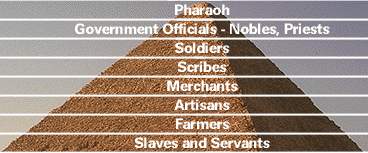
http://carlos.emory.edu/ODYSSEY/EGYPT/people.html
In 3,100 B.C. King Naumr unified Upper and Lower Egypt, launching a great era of cultural growth including the development of writing, astronomy, music, religious holidays and processions. The subsequent history of Egypt is divided into dynasties of rulers including: Old Kingdom (2686 – 2134 B.C.) Middle Kingdom (2065 – 1783 B.C.) and New Kingdom (1550 – 1070 B.C.). Roman rule began in 31 B.C. and Arab domination came in A.D. 642.
|
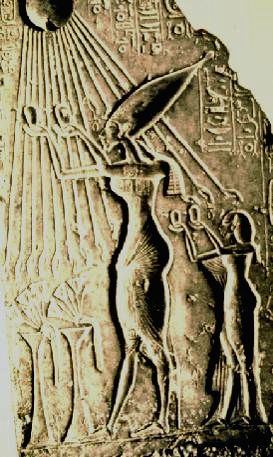
|
|
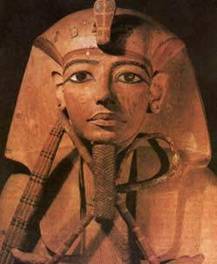
|
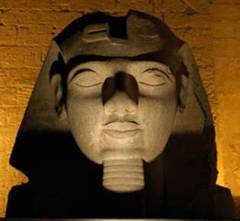
|
|
Ramses II is probably the greatest and most powerful pharaoh of Egypt. He reigned for 65 years (1279 BC to 1213 BC) and fathered over 100 children. He also found time to built cities, temples, and monuments such as the Temple of Ramses II at Abu Simbel (below).
|
Nefertari is the most famous wife of Ramses II.
|
|
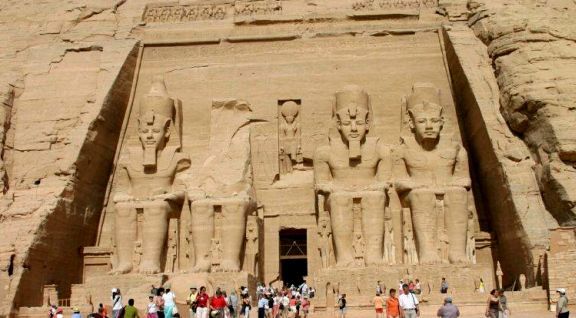
|
|
Temple of Ramses II at Abu Simbel
|
return to top | previous page | next page